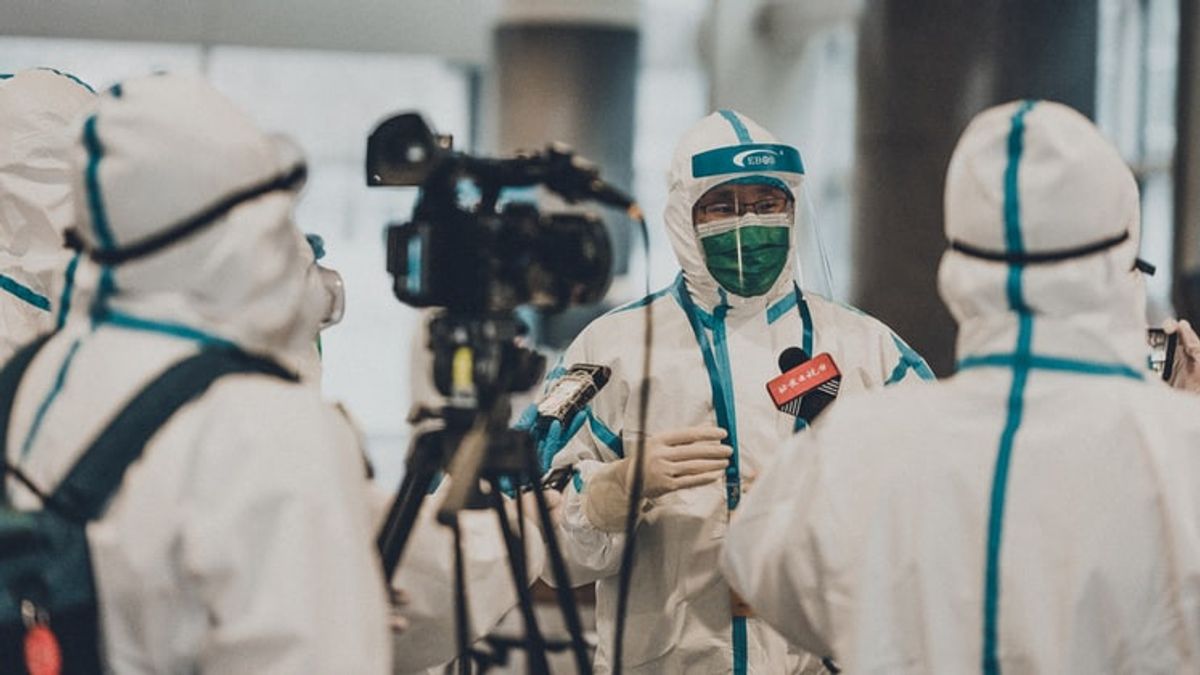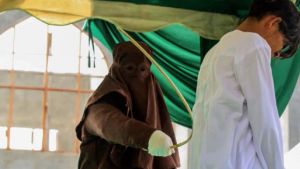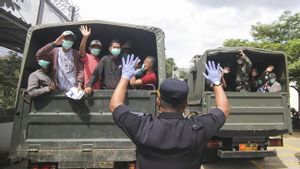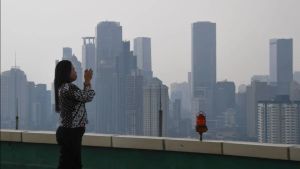JAKARTA - A study said that countries that want to end the lockdown period and allow people to return to their activities and work must closely monitor possible new cases of COVID-19. This must be done until they find the COVID-19 vaccine.
Launching The Guardian, Thursday, April 9, China's aggressive control over the daily activities of its people has succeeded in ending the first wave of COVID-19, said the Hong Kong-based researchers. But China must be wary of a second wave which is very real and no less dangerous.
"While these control measures appear to have reduced transmission rates to very low levels, without immunity to COVID-19, these cases could easily re-emerge as business centers, factory operations and schools gradually reopen and increase their prevalence. social interaction. Especially given the increased risk of imported cases from abroad as COVID-19 continues to spread globally, ”said Prof. Joseph T Wu of the University of Hong Kong, who co-led the study.
China has calculated the average number of people at risk of transmitting COVID-19 (reproductive rate) from two or three to under one, with the epidemic effectively shrinking.
But, the researchers warn, if normal life is enforced too quickly and the lifting of controls is too broad, the average number of people who transmit COVID-19 will increase again. The government needs to keep a close watch on what happens in the future.
"Although control policies such as physical distancing and behavior change will likely be maintained for some time. Proactively balancing between resuming economic activity and keeping reproductive rates below one is the best strategy until effective vaccines are widely available," Wu said.
The study, published in the Lancet medical journal, is based on modeling the COVID-19 epidemic in China. This shows that the death rate in Mainland China is much lower, less than 1 percent compared to in Hubei Province where the epidemic originated which has a death rate of nearly 6 percent. It also varies according to the economic prosperity of each province, in terms of the available health services.
"Even in the most prosperous and well-resourced big cities like Beijing and Shanghai, the health resources and services that will struggle with a sudden increase in cases are limited," said Prof Gabriel M Leung of the University of Hong. Kong.
"Our findings highlight the importance of ensuring that local health care systems have adequate staff and resources to minimize COVID-19-related deaths," he added.
Their analysis used local Health Commission data of confirmed COVID-19 cases between mid-January and February 29 in four cities namely Beijing, Shanghai, Shenzhen, Wenzhou and ten provinces outside Hubei with the highest number of cases. This prompted them to insist that the granting of community permission to return to activities should be done in stages.
Giving the chance for COVID-19 cases to increase again will also cause health and economic losses that are slightly higher than the first wave, even if major steps are taken.
Trying to balance between continuing economic activity and keeping controls tight enough to prevent the spread of COVID-19 is likely to be the optimal strategy until an effective vaccine is widely available. Despite the fact that control policies, including social distancing, behavior change and public awareness must be maintained for some time to come.
For your information, on Wednesday the Wuhan City Authority began allowing people to leave the city for the first time since the city went into lockdown 76 days ago. However, health officials say, the indigenous people of Wuhan remain urged not to leave their neighborhoods, both city and province.
"The number of asymptomatic patients is slowly increasing, I am worried about this," said Yang Chengjun, someone who was about to leave Wuhan.
High control continues to be carried out in residential complexes in Wuhan. They can only leave if they have a green health code or document that shows a valid reason.
The English, Chinese, Japanese, Arabic, and French versions are automatically generated by the AI. So there may still be inaccuracies in translating, please always see Indonesian as our main language. (system supported by DigitalSiber.id)













